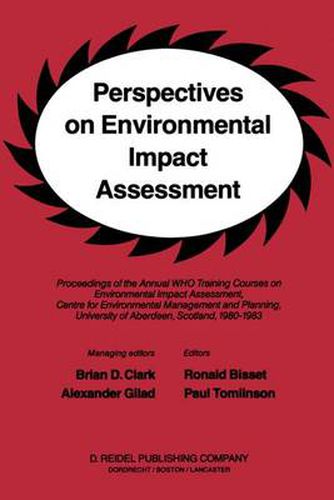Readings Newsletter
Become a Readings Member to make your shopping experience even easier.
Sign in or sign up for free!
You’re not far away from qualifying for FREE standard shipping within Australia
You’ve qualified for FREE standard shipping within Australia
The cart is loading…






This title is printed to order. This book may have been self-published. If so, we cannot guarantee the quality of the content. In the main most books will have gone through the editing process however some may not. We therefore suggest that you be aware of this before ordering this book. If in doubt check either the author or publisher’s details as we are unable to accept any returns unless they are faulty. Please contact us if you have any questions.
The experience of highly industrialized countries demonstrates that single-minded pursuit of economic develop ment is self-defeating because, by disregarding the other components of what is cxmnonly called the quality of life , it creates conditions which are not acceptable to large sectors of the population. In the recent past a number of projects, for example, major darns, have had unexpectedly deleterious social, envir onmental and health consequences. As a result, many govern ment department and agencies are investigating the impacts of specific projects and are examining the role impact analysis could play in project planning. The process of environmental impact analysis has been developed, tested and institutionalized in several countries. The objective of the process is a prior identification and definition of likely environmental impacts of projects such as public works, industrial developments and tourist develop ments, as well as the impact of policies and legislative proposals. The environmental impact analysis process also includes the definition of alternative courses of action which would achieve comparable economic objectives while eliminatir .. g some or all of the detrimental environmental consequences. Identification of preventive or precautionary measures, which would minimize the unavoidable impacts, fonn an integral part of the process. The aim should be for a balanced appraisal in which economic, technical, social, environmental and health aspects are fully evaluated. Thus viewed, environmental impact analysis emerges as one of the most powerful planning tools for the prevention of environmental pollution and degradation.
$9.00 standard shipping within Australia
FREE standard shipping within Australia for orders over $100.00
Express & International shipping calculated at checkout
This title is printed to order. This book may have been self-published. If so, we cannot guarantee the quality of the content. In the main most books will have gone through the editing process however some may not. We therefore suggest that you be aware of this before ordering this book. If in doubt check either the author or publisher’s details as we are unable to accept any returns unless they are faulty. Please contact us if you have any questions.
The experience of highly industrialized countries demonstrates that single-minded pursuit of economic develop ment is self-defeating because, by disregarding the other components of what is cxmnonly called the quality of life , it creates conditions which are not acceptable to large sectors of the population. In the recent past a number of projects, for example, major darns, have had unexpectedly deleterious social, envir onmental and health consequences. As a result, many govern ment department and agencies are investigating the impacts of specific projects and are examining the role impact analysis could play in project planning. The process of environmental impact analysis has been developed, tested and institutionalized in several countries. The objective of the process is a prior identification and definition of likely environmental impacts of projects such as public works, industrial developments and tourist develop ments, as well as the impact of policies and legislative proposals. The environmental impact analysis process also includes the definition of alternative courses of action which would achieve comparable economic objectives while eliminatir .. g some or all of the detrimental environmental consequences. Identification of preventive or precautionary measures, which would minimize the unavoidable impacts, fonn an integral part of the process. The aim should be for a balanced appraisal in which economic, technical, social, environmental and health aspects are fully evaluated. Thus viewed, environmental impact analysis emerges as one of the most powerful planning tools for the prevention of environmental pollution and degradation.